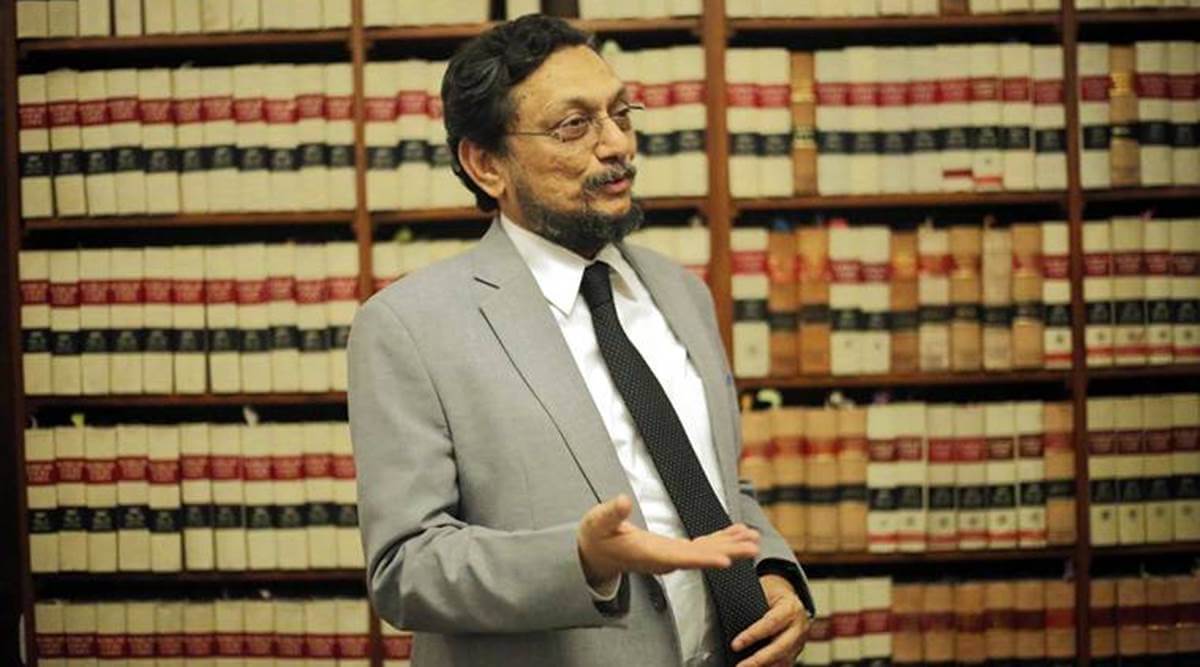Historian Sunil Khilnani in his book Idea of India famously referred to India’s as the world’s third great democratic revolution (after the American and French), and perhaps the most important one. After all, never before had such a diverse assortment of peoples, religions, languages, and classes attempted to forge a common nation based on political citizenship and shared constitutional values. Even as someone who is entirely sympathetic to the cause of India’s founding fathers and mothers, I have to accept that there is little doubt that the full rewards of India’s democracy have, so far, not reached large portions of its citizenry. One such shortcoming, has persistently been the lack of access to speedy justice due to inadequate judicial infrastructure. However, a digital revolution may soon be about to change that.
The Chief Justice of India (CJI), S.A. Bobde—also the first Chairman of the Artificial Intelligence Committee of Supreme Court of India—is leading this digital revolution. He has already made the willingness of the Indian judiciary to incorporate artificial intelligence (AI) into its institution abundantly clear on numerous occasions. Integration of Artificial intelligence is expected to drastically help reduce the backlog of cases pending in various courts across India. Currently, there are 3.1 crore cases pending in India’s district courts out of which nearly 21 percent have been pending for five years or more. To highlight this burden of cases, Justice Rao, while speaking on E-governance in the judiciary said that it would take 320 years to clear the backlog of 31.28 million cases, and every judge in the country would have an average load of about 2,147 cases.
In addition to digitizing courts, AI could assist the judiciary with high volume-low value activities and allow judges to focus on more complex matters. Tasks such as streamlining the contents of documents, performing pointed case law and precedent research, evaluating evidence, and even sophisticated tasks like determining precise answers to judges’ queries in a bail application could be assigned to AI. While jurisdictions like Quebec (Canada) have announced a 500-million dollar project to modernize its legal system and digitize all court files and records which could then “be open to big data analysis and machine learning to help the courts become more efficient”, others have already implemented AI to assess the risks associated with releasing an accused on bail, to determine conditions for parole, and even to recommend sentencing for a criminal accused.
Similarly, Judges in USA make use of an AI program called Public Safety Assessment (PSA), which aids the judge in deciding whether an accused should be released on bail. The program assesses the risk associated with granting bail to the accused based on a number of factors including the nature of the crime committed, pending charges against the accused, and prior history of conviction. Similarly, in the United Kingdom, “Smartsettle One” is an online dispute resolution (ODR) tool used by parties to settle their disputes, which “employs algorithms that learn the bidding tactics and priorities of the parties to a dispute and helps move them towards a settlement”. China, however, has leaped ahead on this front and set up an AI court in Hangzhou to settle online trade disputes, copyright cases and e-commerce product liability claims. The “cyber court” uses blockchain technology to store evidence, and settles disputes between parties online.
In India too, while the pandemic has catalysed a shift to technology-driven judiciary, Indian courts had embraced technology long before the COVID-19 pandemic. Applications such as SUVAS (Supreme Court Vidhik Anuvaad Software) which translates judicial documents from English to nine vernacular languages and also helps judges access files and petitions digitally, and the Supreme Court Portal for Assistance in Court Efficiency (SUPACE) which is “aimed at data mining, case query tool, legal research and other usages for a leveraging quality and timely justice delivery by judges” are noteworthy examples of a modernizing the Indian judiciary. The central government too has made available tools such as Legal Information Management & Briefing System (LIMBS) for monitoring cases involving the Central Government of India.
The benefits of AI are manifold and well-known, and India, with its rich history of comprehensive legal judgements, could exploit this technological opportunity. The move to digitize coupled with AI to process this data could usher a “smart court” system, which could settle commercial matters and reduce the burden on India’s judiciary. The use of AI would also contribute towards more uniform judicial decision-making and improve India’s ease of doing business ranking and boost contract enforcement. It would, in no uncertain terms, contribute towards making justice more accessible to the public at large and invite unprecedented scrutiny on, and accountability for, India’s judges (something we are already witnessing due to live tweets on court proceedings). AI would, in the Chief Justice of India’s words, bring “new hope to drive the public faith to our institutions”. Ultimately, until every single citizen is guaranteed timely access to justice, India’s tryst with destiny remains incomplete.

